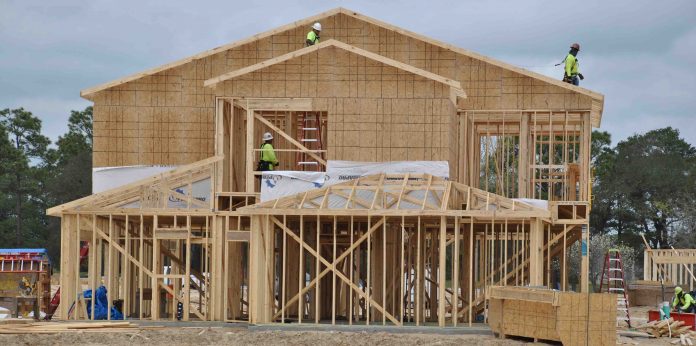Should contractors be allowed to install siding on homes before the framed structures are checked by building inspectors?
The case reached the North Carolina Department of Insurance (NCDOI) Building Code Council in Raleigh, where the state’s top building code authority ruled that, indeed, the siding can go on before the inspection — even if this may pose risks in high-wind areas.
Port City Daily reported on the case in a recent article, describing how Robert Privott, a consultant and lobbyist for the North Carolina Home Builders Association (NCHBA), appealed an earlier decision by the NCDOI that stemmed, he argued, from an unclear building code.
“Privott had initially asked for clarification earlier in the year,” the newspaper reported.
The code in question (Section 107.1.5) covers when a contractor must have a house’s frame inspected, but it doesn’t specify whether or not the house’s exterior siding can be installed or not. The code included commentary – not an official ordinance but supplemental language that helps clarify the code, suggested the inspection should come first – but it was removed in 2016.
According to email records supplied by the North Carolina Department of Justice (DOJ), in March, Privott was informed by Clifford Isaac, the deputy commissioner for NCDOI’s engineering division, that – without the commentary – there was no reason contractors would have to wait for an inspection before installing exterior walls.
Privott, stating that different jurisdictions around the state were enforcing the code differently, asked Barry Gupton, a member of the state’s building code council and the chief code consultant, for a formal interpretation, the newspaper reported.
Gupton reversed Isaac’s decision, telling Privott frame inspection had to come first.
Privott requested an appeal form the NCDOI building code council and made his case on Oct. 31, joined by Dan Tingen, the former chairman of the building code council from 2003 to 2017, who testified on Privott’s behalf. Assistant Attorney General Heather Freeman made the case for the state, asking the board to uphold Gupton’s decision.
According to an audio recording of the meeting, provided by the NCDOJ, much of the appeal case came down to whether installing veneers or exterior siding would interfere with an inspectors ability to accurately gauge whether the building frame was up to code. Gupton suggested it would.
Freeman asked Tingen, “in your professional experience — you don’t think it’s necessary for inspectors to view items or framing that are covered by siding?”
Tingen pointed out there are “numerous parts of the house not visible unless you’re there when they’re built.”
Freeman put forward that are “Other jurisdictions that do not allow siding to be installed before framing inspections.
Tingen answered, “Correct. And I think they’re in error for doing so.”
Freeman later asked Gupton if had any concerns over Privott’s request. Gupton said he did.
“More concern is in some parts of the state more than in others,” he said, adding that his concerns had to do with the bracing of building frames, specifically in high-wind areas of the state were sub-code frames could collapse during storms.
Gupton noted that the building code did not differentiate between high-wind and other areas.
The council weighed both sides: Inspectors’ need for visual access to the entire frame, uneclipsed by siding, and the potential safety hazard presented by sub-code frames in high-wind areas. On the other side: the need for contractors to move construction along at a reasonable pace, as well as the concern for leaving the frame exposed to the elements for an undue amount of time.
The council ultimately decided in favor of Pivott and the NCHBA.

